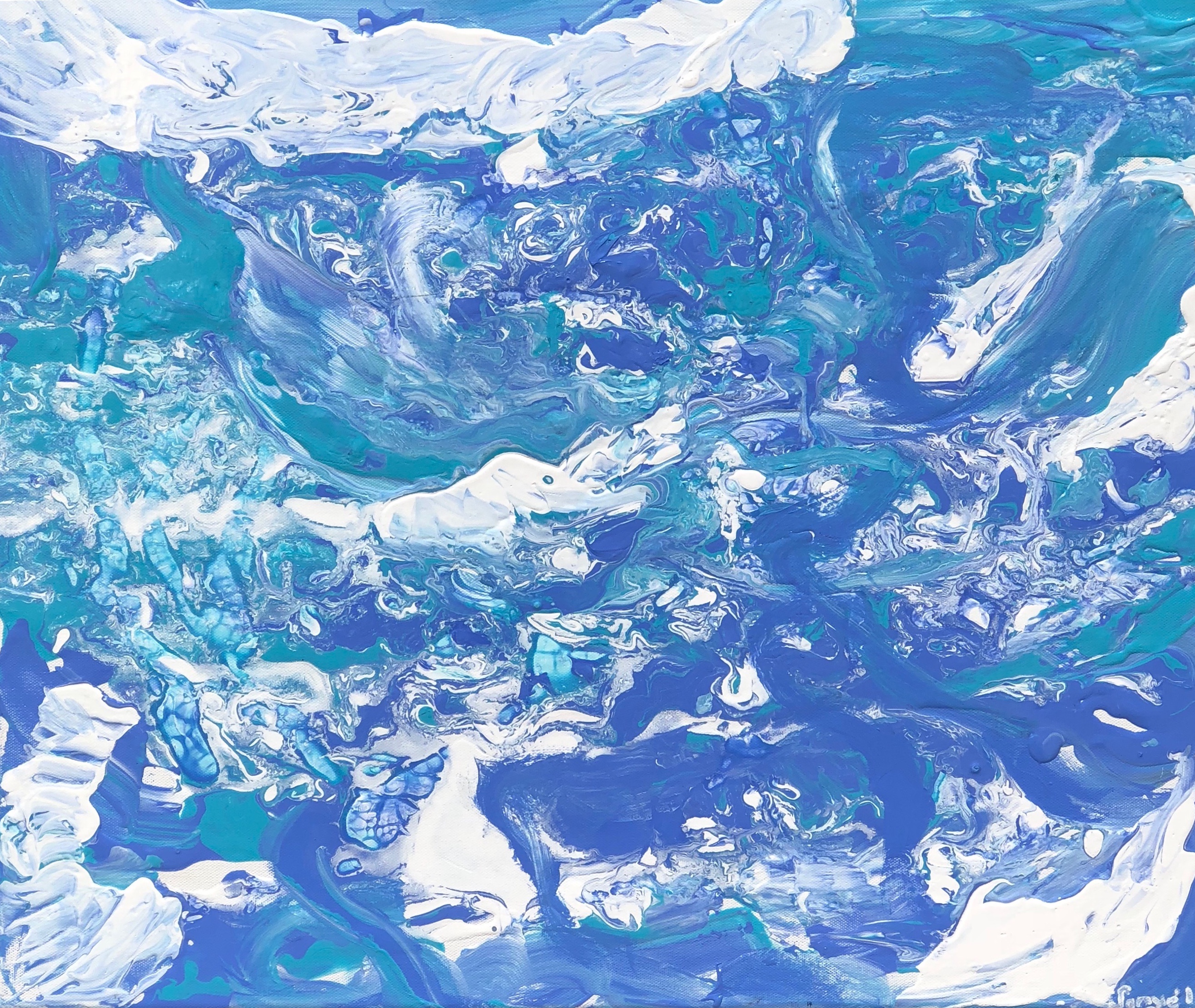Francis Ponge and Beth Archer Brombert, The voice of things (McGraw-Hill Book Co, 1972), 50.
Andrea Ballestero, “Underground as Infrastructure? Figure/Ground Reversals and Dissolution in Sardinal,” in Environment, Infrastructure and Life in the Anthropocene, ed. Kregg Hetherington (Durham: Duke University Press, 2019), 17–44.
Donna Haraway, “The Promises of Monsters: A Regenerative Politics for Inappropriate/d Others,” in Cultural Studies, eds. Lawrence Grossberg, Cory Nelson, and Paula A. Treichler (New York: Routledge, 1992), 295–337, 298.
Angela Willey, “A World of Materialisms: Postcolonial Feminist Science Studies and the New Natural,” Science, Technology & Human Values 41, vol. 6 (2016): 991–1014.
María Alejandra Pérez, “Exploring the vertical: science and sociality in the field among cavers in Venezuela,” Social & Cultural Geography 16, vol. 2 (2015): 226–247.
Kim de Rijke, Paul Munro, and Maria de Lourdes Melo Zurita, “The Great Artesian Basin: A contested resource environment of subterranean water and coal seam gas in Australia,” Society & Natural Resources (2016): 1–15, 3.
Jorge Herrera Murillo, “Uso y Estado De Los Recursos Hídricos,” in Estado De La Nación en Desarrollo Humano Sostenible (San José, Costa Rica: Defensoría de los Habitantes, Consejo Nacional de Rectores, 2017).
“Demandan a defensora del agua en Costa Rica,” Radio Mundo Real, October 11, 2013, ➝.
Sentencia 2009-00262, Recurso de Amparo 08-005154-0007-CO, Sala Constitucional de Costa Rica.
United States Geological Survey, “Groundwater: What is Groundwater?” ➝.
➝.
Andrea Ballestero, “Spongiform,” Society for Cultural Anthropology, June 27, 2018, ➝.
Ibid.
Karen Barad, “On touching—The inhuman that therefore I am,” differences 23, vol. 3 (2012): 206–223.
Kathryn Yusoff, “Insensible worlds: postrelational ethics, indeterminacy and the (k)nots of relating,” Environment and Planning D: Society and Space 31, vol. 2 (2013): 208–226.
Charis Thompson, Making parents: The ontological choreography of reproductive technologies (Cambridge: MIT Press, 2005), 8.
Andrea Ballestero, A Future History of Water (Durham: Duke University Press, 2019).
